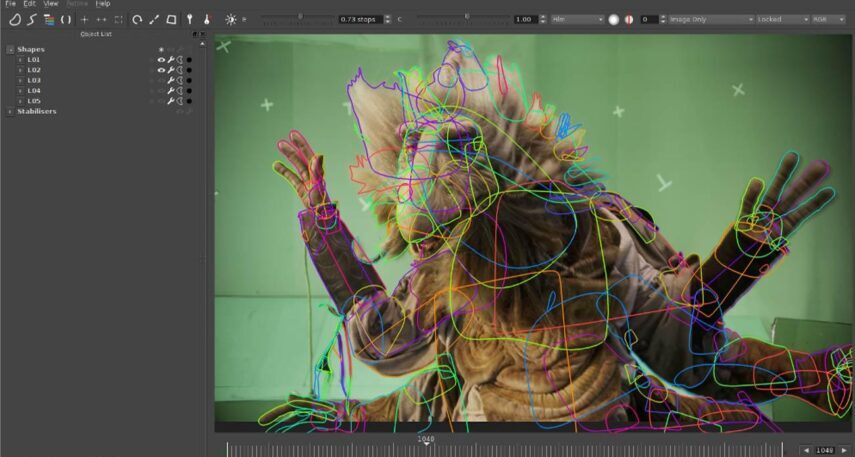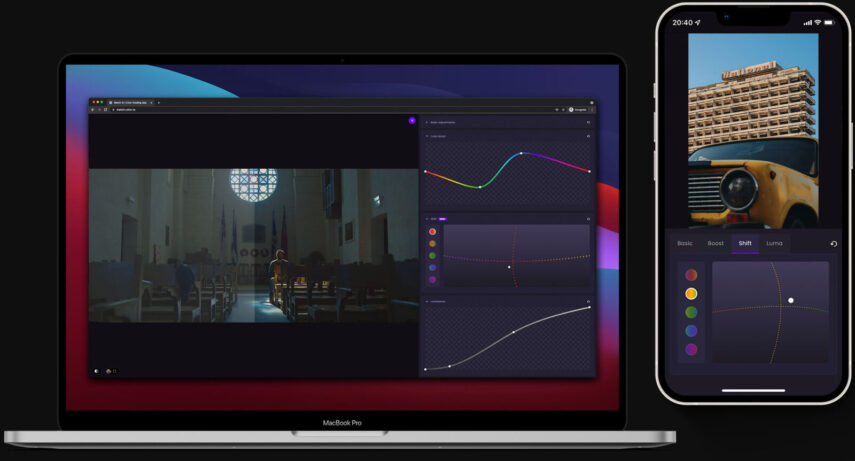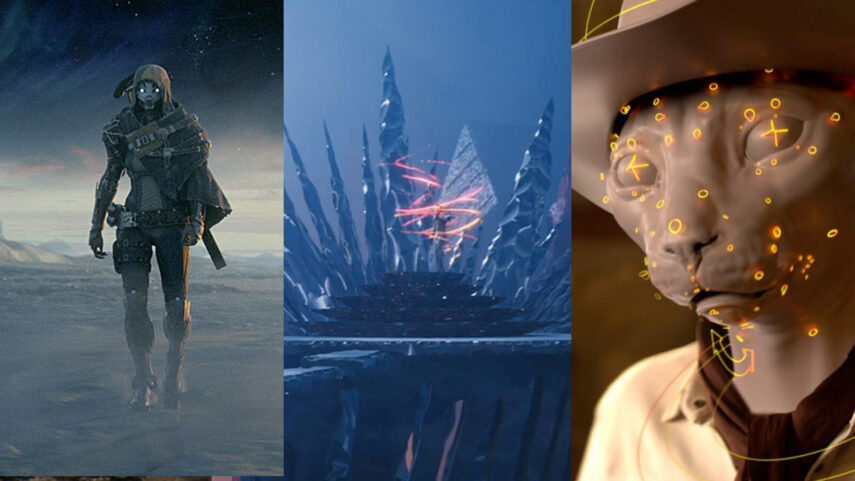Do you love the stunning views of space? The huge explosion? Do the beautiful castles of a fantasy world excite you? Do you know where these come from? Well, they are from the realm of VFX, that is, visual effects. Visual effects are taking over the filmmaking industry, but in a good way; after all, it is enhancing storytelling! And who does not love stories? Stories that speak and take you to another world!
VFX enhances the scene, and they let the filmmakers create something that does not exist. All this is possible with the help of VFX compositing. Sometimes, adding visual effects turns into a complicated procedure. Hence, the filmmakers work with a VFX company that allows them to create captivating movies, videos, etc., which are of high quality.
So, if you want to understand VFX composting and its elements better, you are at the right place!
The Components Of VFX Compositing

In VFX compositing, several visual elements, such as CGI and special effects, are combined to create a flawless image. However, this is achieved with the help of several vital tools and techniques, such as:
Green Screen/Chroma Keying
You must have heard about green screens. You might have used them on your video calls, too. It is one of the most vital tools for filmmakers as they can add visual effects in post-production.
It helps in layering; if you want to combine several images into one, a green screen is the perfect tool. To use the green screen, you use the process known as chroma keying.
With the help of chroma keying, you can remove the color from an image. Simply said, the green color of the green color is replaced with some other images or effects.
3D integration
With the help of 3D integration, the filmmakers can combine the live footage with several virtual elements. These virtual elements were created and animated inside a 3D program. This process is a bit complicated; however, with 3D integration, you can create anything that you can imagine.
Do you want to show super slow 3D bullets, or do you want to show aliens tearing down Earth? Well, you have 3D integration, and you have a whole creativity to explore. If you can imagine, you can create it too!
Rotoscoping

Rotoscoping is a vital process; whether you want to bring or remove the elements from live-action footage, understanding this technique is a must. In VFX, rotoscoping is used to create a mask or matte for an element.
In this way, the element can easily be extracted, and you can place it anywhere, change the color, etc. The scenes that are difficult to film in real life, with the help of rotoscoping, the filmmakers can make it look realistic.
Matte Painting
If the budget is low and one cannot afford a huge set, matte painting comes to the rescue. Did you know this method has been used since the 1900s? And even today, it has become an integral part of filmmaking. It is a technique in which a photograph, digital image, or painting is used to replace or add elements to a shot.
In this process, you take a photograph, then edit them digitally, and after that, you combine them with other elements. These elements can be special effects, 3D models, etc. This method can also be used to show wide shots of cities, landscapes, animated backgrounds, etc.
Color Grading and Matching

When you add visual effects to any image or video, it must blend properly; otherwise, it will not give a realistic vibe. So, to ensure that the color of the effects is the same as the picture, the professionals use color matching and grading techniques.
Particle and Fluid Simulations
When you see a movie with battle scenes, you can see explosions, smoke coming up, fire, etc., but where do these effects come from? This is due to the use of particle and fluid simulations. A simulation of these effects, let’s say an explosion is created, and after that, they are blended in with the live-action footage.
VFX Compositors: The Unsung Heroes Of The Industry
When you watch a movie, mostly there is a hero; the same is the case in the VFX industry. The VFX compositors are the heroes behind the camera. Their work is to create a final image of the sequence, shot, or frame. They put together different special effects, graphics, etc., and make a realistic-looking picture.
Storytelling And VFX Compositing: Understanding The Impact
If you look at VFX compositing from a technical point of view, then you will say it is a technical process; however, it offers more than that.
It helps the filmmakers to deliver impactful storytelling. Visually pleasing storytelling takes us to a world that we can’t even imagine, and it makes it look so real. For example, the movie Gravity, the whole movie is a spectacular work of VFX. You can feel the vastness and emptiness of space; this is all due to VFX composting and its techniques.
What Does The Future Hold?

The future for VFX looks promising. The world is becoming more and more technologically advanced, and you can see that effect in the visual effects industry, too. One of the future trends that will be prevalent will be Artificial intelligence. AI will be used in large numbers in filmmaking; this will help them deliver impactful storytelling.
Also, in today’s time, virtual and augmented reality are dominating the gaming industry. In the future, they might play a vital role in creating an immersive experience of filmmaking and viewing. So, it is a win-win situation for both makers and viewers.
Conclusion
In conclusion, the mind-blowing visuals you see on your televisions and big screen are due to the VFX compositing and the hard work of VFX professionals. VFX allows filmmakers to play with their creativity and create something beyond imagination. So, whenever you see some breathtaking visuals on screen, you will know where it comes from!
Related Posts:
- Seduction On Screen: A Deep Dive Into The Evolution…
- Landmark Intentional Tort Cases: A Deep Dive into…
- Medical Studies and Their Impact on Patient Care: A…
- Garth Brooks and Blake Shelton Dropped their Duet "The Dive"
- Seizing Success: Crafting Your Perfect Business Exit Plan
- Demystifying Multiplatform AR Jigs: Your Path to…







